c^18/c^6
c^12
?
This is what the "a" and "b" values are in
a(b)^x
What is the y-intercept (starting value) and constant multiplier (pattern)?
Sketch a graph of exponential growth. What is special about the multiplier when it’s growth?
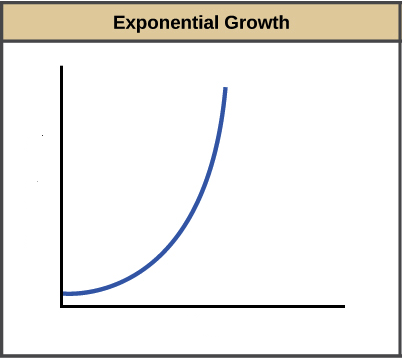
A savings account earns 4% interest per year. If Josiah puts 500 dollars in now, this is how much will he have after 5 years
What is $608.33?
What is the quarterly interest rate?
(28n^9)^0
1
?
This is the formula for exponential functions.
What is
a(b)^x
?
The graph of an exponential function will always cross the x - axis. True or false, explain your answer.
What is false.
The population of a small town is decreasing at a rate of 2% per year. in 1970 the population was 25,000. This is what the approximate population would be in the year 2020.
What is 9104?
Given $1000 compounded quarterly at an annual 12% interest rate.
What is the multiplier?
-5x^-3
-5/x^3
These ordered pairs represent an exponential function; (-1, .5),(0,3),(1,18),(2,108). True or false, explain your answer.
What is true there is a constant multiplier (6).
y = 2^x
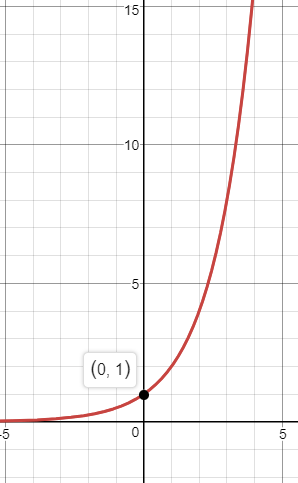
The number of students in the book club is increasing at a rate of 15% per year and they started with 9 students. How much would they have after 7 years?
What is ~24 students?
Given
y = $5000(1.015)^(4x)
What is the interest rate?
What is 1.5% quarterly interest rate?
(-3us^8d^2)^4
81u^4s^32d^8
This is the answer when f(x) = 10(5)^x is evaluated for f(3).
What is 1250?
Graph
y = 4(1/2)^x
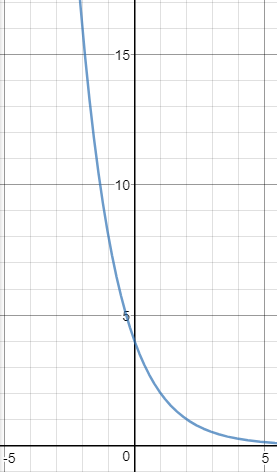
You just bought a vehicle for $13,000. The car’s value will decrease by 4% per year and it will be paid off in 6 years. How much will the car be worth when you pay it off? Does this show exponential growth or decay?
What is $10175.85?
y = $5000(1.08)^x
What is the multiplier?
Simplify
(20q^5p^-1)/(5q^3p^8)
What is
(4q^2)/p^9
The graph of an exponential function, V, passes through the points (0, 2), (1, 8), (2, 32), and (3, 128) as shown on the graph below. Write an equation for the function V(x).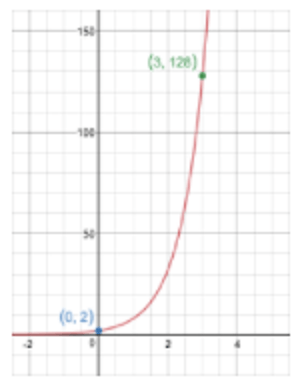
What is
V(x) = 2(4)^x
Find the equation that models the following table.
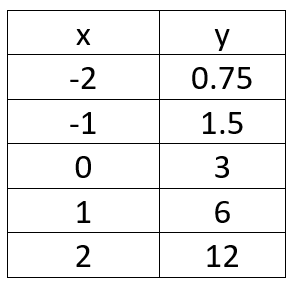
y = 3(2)^x
You are opening a savings account and starting out with $800. Your account will grow by 3.5% each year. Write an exponential function to determine how much will be in your account in 3 years if you do not take out or deposit any more money. is it growth or decay?
What is y=800(1.035)3
growth
Given
y = $5000(1.08)^x
What is the amount of money you are beginning with and how much will you have if x=3?
What is $5000 and $6298.56?